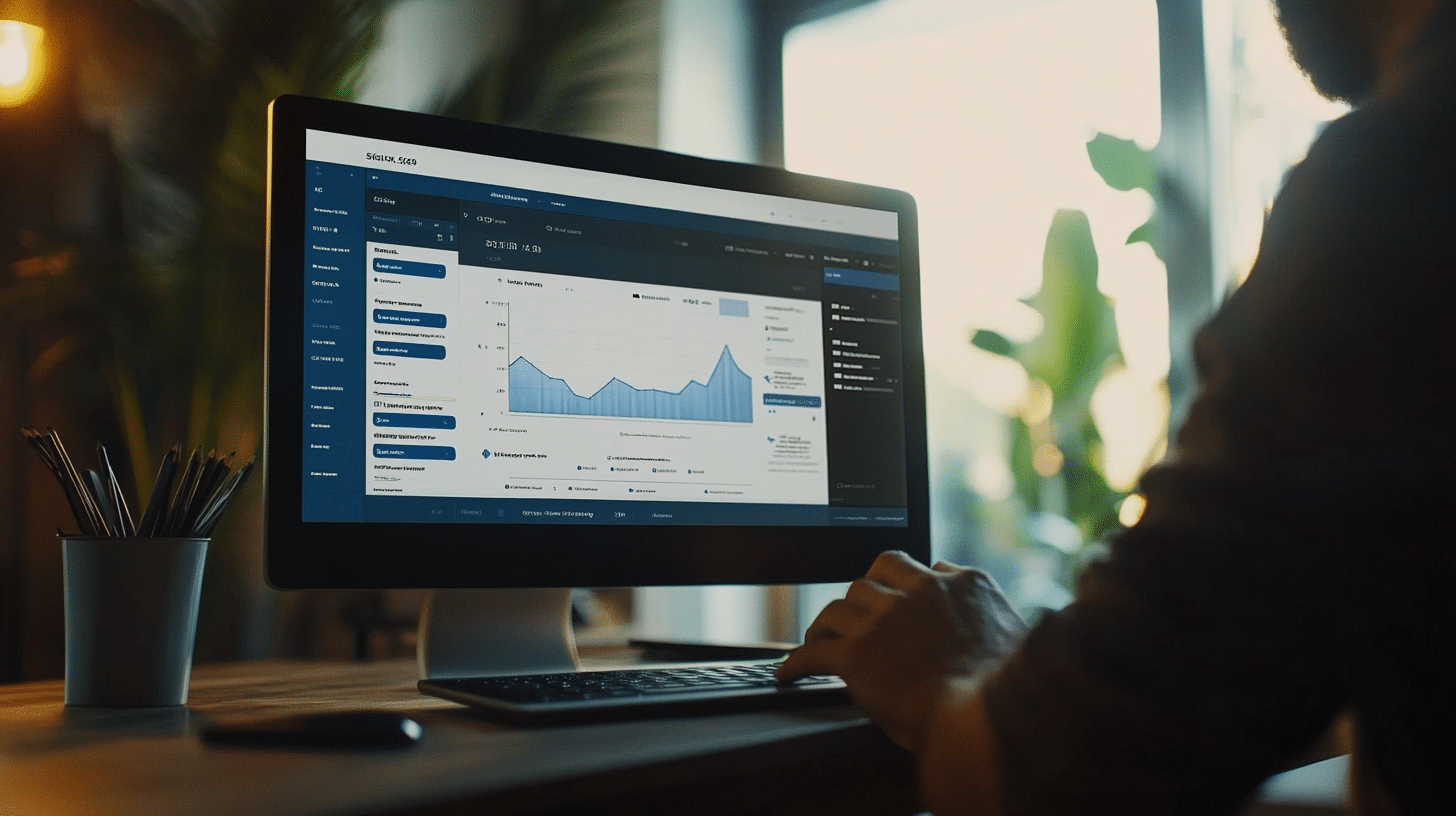The modern labor market is changing rapidly — with it, the deal for gig workers is being redefined, reshaping the financial reality of millions of people. The gig economy, where freelancers, self-employed individuals, and independent contractors choose freedom over the traditional nine-to-five schedule, is already valued at $556 billion. Analysts predict that this figure will triple by 2032. However, income instability and constant financial pressure lie behind the flexible schedules and the freedom to choose projects.
A freelancer’s financial life is a rollercoaster: a Saturday night might bring in a significant amount, and by Monday morning, the account could be nearly empty again. This instability explains why loans for gig workers have long become a part of financial normalcy—not as a sign of weakness but as a working tool when quick access to funds is needed between projects or to cover unexpected expenses.
The gig economy is not just a trend but a full-fledged sector of the new economy. And if you want to feel confident in this environment, it’s important to do your job well and build a flexible financial strategy as you build your schedule. Read the article to learn how to manage your income wisely, handle earnings volatility, and use financial tools specifically suited for freelancers and gig workers.
👋 Psst…Have you seen the all-new Feedcoyote yet? They’ve got a new look, more freelance opportunities, and the best collaboration tool for freelancers! Join over 100,000 fellow freelancers who network, find clients, and grow their business with Feedcoyote. Join for Free »
Top 6 Financial Tips for Freelancers
Freelancers face ups and downs in pay, and these tips will help you build stability:
Track Your Income and Plan Your Budget
Gig paychecks can vary a lot, so track all sources of income and monthly expenses. Once you have a few months of data, plan a budget around your baseline income. Calculate the lowest few months’ earnings to know the minimum you need for essentials.
A few more details are:
- Separate accounts. Use a separate bank account for your freelance income to see your business earnings.
- Visualize your money. Use YNAB to categorize expenses.
- Prepare for irregular bills. Mark down high or irregular costs and budget for them gradually. Put aside a small amount each month.
Build an Emergency Fund
It’s your safety net when income dips. Save several months’ worth of living expenses. Store this fund in an easily accessible place. Nearly 30% of adults said they could not cover a 3-month loss of income at all. Don’t be one of them.
Everyone needs to have an emergency fund. Start small and be consistent:
- Automate savings. You automatically transfer 5–10% into a separate account each time you get paid.
- Treat savings like a bill. Decide on a monthly savings goal and “pay yourself” first.
- Use windfalls. If you receive a tax refund or bonus, transfer it into your emergency fund.
- Cut spending. Temporarily reduce non-essential expenses and redirect that money.
Create Multiple Sources of Income
Relying on just one client can leave you exposed. Instead, look for ways to diversify where your money comes from. This doesn’t mean working non-stop but creating multiple income channels so that if one slows down, you still have others.
For example, you might:
- Use multiple platforms. If you drive for Uber, also deliver for DoorDash during slow hours.
- Offer varied services. Expand your skill set. A graphic designer could sell stock graphics online or teach a short course.
- Find passive income. Can you create a digital product to sell? Any such income helps balance earnings.
- Get a part-time job. Some gig workers take a part-time job to guarantee some regular pay while freelancing.
Automate Your Finances
Looking for an easy way to save money? Make it automatic. Set up your bank accounts so that a portion automatically moves to savings when the money hits your main account.
Use online bill pay or automatic debits to avoid missing a due date and incurring late fees. Paying your credit card on time every month also builds your credit. Consider Digit, Qapital, or your bank’s automatic savings features. Automation is a simple but powerful habit. When money moves and bills pay themselves, you avoid the common problem of “out of sight, out of mind.”
Plan for Taxes and Retirement
Project-based work also means you are responsible for your taxes and retirement savings. Setting aside 25–30% of your gross income for federal and state taxes is wise to avoid unpleasant surprises. Use a federal income tax calculator to accurately estimate the amount you need to reserve and avoid a sudden tax bill in April. It’s also important to contribute to a retirement account for the self-employed, such as a SEP-IRA or Solo 401(k).
Unlike W-2 employment, where the employer makes contributions, freelance income does not come with pension benefits or automatic tax withholdings. That’s why freelancers should account in advance for approximately 15% in additional Social Security and Medicare taxes—on top of income tax—and include this in their budgeting.
Keep Your Credit and Records in Good Shape
Pay all your bills on time — your credit history matters, especially if you’re a freelancer who occasionally needs external financing. Try not to max out credit lines – high utilization can hurt your score. Keep good records throughout the year. Save invoices, receipts, and bank statements. Not only will this make tax time easier and potentially save you money, but a clear financial history strengthens your position if you apply for a loan or credit line.
Should You Consider Gig Worker Loans?
Today, more than 41 million Americans make a living outside the office — with one ride, delivery, or project at a time. This is nearly a third of the adult population. However, despite the flexibility of this lifestyle, most of these people remain vulnerable in critical moments: 83% of gig workers have less than $500 in savings for emergencies. The situation can become stressful when equipment or a car breaks down, and a project is in full swing.
In such moments, the question is not whether to take a loan but how to do it wisely. Traditional banks still favor stable W-2 income, not freelance or gig work. That’s why it’s important to know that freelancers have alternatives:
- Flexible funding. Instead of traditional loans, try platforms like GoFundMe, Kiva, or Patreon. You can raise funds for an important purchase, upgrade equipment, or cover medical expenses by relying on the support of your audience.
- Quick cash without overpaying. Sometimes, simply selling unused equipment on eBay or Facebook Marketplace is enough. This is a quick way to get cash without debts or interest.
- Income smoothing. Delivery and taxi apps have already implemented instant payment features. This is convenient when a week turns out to be unstable. Also, consider business cards with a 0% introductory rate — it may be cheaper than a loan with a high interest rate.
So, should you ever use a loan designed for freelancers? Yes — economically and strategically. If borrowed money supports your main income source (for example, repairing a broken transmission that supports your income from rideshare work) or financing growth that should outpace interest (for example, buying a high-demand camera lens that immediately increases orders), a personal loan or SBA microloan can be a wise step. However, start with the cheapest options listed above for everyday expenses and consider high-interest products only as a last resort.

Final Thought
Experienced freelancers have long abandoned a spontaneous approach to personal finance. They use automated tax accounting tools, build contingency funds, establish reserves from multiple income streams, and rely on services that offer real-time payouts. This is not about “financial discipline for the sake of discipline” but about creating a predictable foundation that allows them to focus on growth, clients, and skill development.

Keep the conversation going…
Over 10,000 of us are having daily conversations over in our free Facebook group and we’d love to see you there. Join us!

